A Feast In The Heart Of Nature: Wild Edible Plants To Discover When Camping
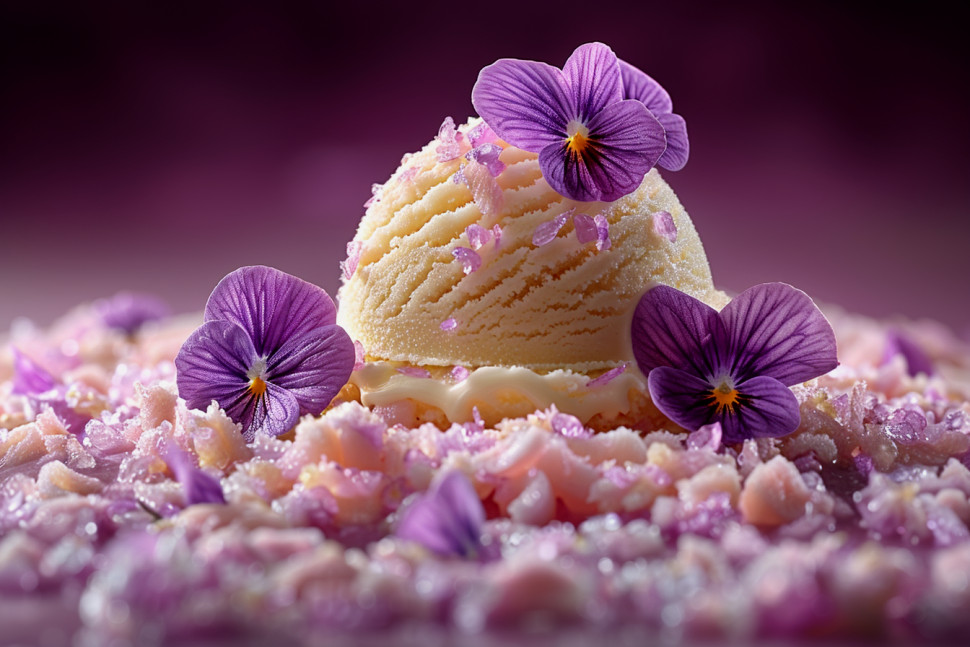
Key Takeaways
- Foraging for wild edible plants adds an exciting dimension to camping
- Learn to confidently identify common edible plants like dandelions
- Ensure safety by using reliable field guides, learning poisonous lookalikes, and following the universal edibility test when in doubt
- Respect nature by only taking what you need, avoiding protected species, and minimizing damage to the environment
- Incorporate foraged ingredients into simple campfire meals
- Share your knowledge and passion for wild edibles with fellow campers
- Use foraging as an opportunity to cultivate a deeper appreciation for the natural world
- Combine foraging with other outdoor activities like hiking, birdwatching, and nature photography
- Embrace joy of discovering the edible treasures hidden in plain sight in the heart of nature
Introduction: Discovering Nature's Bounty
Picture this: you're out camping in the heart of the wilderness, surrounded by towering trees, babbling brooks, and endless expanses of green. As you breathe in the fresh air and soak up the tranquility, you realize that you're not just a visitor in this natural wonderland - you're a part of it. And what better way to deepen that connection than by foraging for the wild edible plants that grow all around you?
Foraging adds an exciting new dimension to any camping trip. It's a chance to engage with nature on a deeper level, to learn about the plants that have sustained humans for millennia, and to enjoy the freshest, most nutritious food possible. Plus, there's something incredibly satisfying about gathering your own ingredients and turning them into a delicious meal, all while surrounded by the beauty of the great outdoors.
In this article, we'll explore some of the most common and delicious wild edible plants you can find while camping, as well as tips for identifying them safely and incorporating them into your campfire cuisine. So grab your field guide, sharpen your senses, and get ready to discover the feast that awaits you in the heart of nature!

Safety First: Tips for Responsible Foraging
Before we dive into the delicious world of wild edibles, let's talk safety. While many plants in nature are edible and nutritious, there are also plenty that can make you sick or even kill you if consumed. That's why it's crucial to approach foraging with caution, respect, and a commitment to responsible practices.
Here are some key tips to keep in mind:
-
Always use a reliable field guide or app to positively identify plants before consuming them. Look for key characteristics like leaf shape, flower color, and growth habit.
-
Learn about poisonous lookalikes and how to tell them apart from edible species. When in doubt, err on the side of caution and leave the plant alone.
-
Follow the universal edibility test when trying a new plant: rub it on your skin, then your lips, then take a small bite and wait 24 hours before consuming more.
-
Avoid foraging in areas that may be contaminated with pesticides, herbicides, or pollutants, such as along roadsides or in industrial areas.
-
Respect nature by only taking what you need, leaving plenty for wildlife and other foragers, and minimizing damage to the plant and its surroundings.
-
Be aware of any local laws or regulations around foraging, especially in parks or protected areas where it may be prohibited.
By following these guidelines and approaching foraging with a sense of humility and respect, you can safely and sustainably enjoy the bounty of the natural world.

Dandelions: The King of Wild Greens
Ah, the humble dandelion. Often dismissed as a pesky weed, this cheerful yellow flower is actually one of the most versatile and nutritious wild edibles out there. From its tender young leaves to its crunchy roots, every part of the dandelion is edible and packed with vitamins and minerals.
Here are some ways to enjoy dandelions on your next camping trip:
- Toss young dandelion greens into a salad for a slightly bitter, peppery flavor
- Sauté older leaves with garlic and olive oil for a tasty side dish
- Steep dandelion flowers in hot water for a sweet, floral tea
- Roast dandelion roots and grind them into a coffee substitute
Dandelions are easy to identify with their bright yellow flowers and toothed, lance-shaped leaves. Just be sure to avoid any that have been sprayed with pesticides or are growing in contaminated areas.

Cattails: The Supermarket of the Swamp
If you're camping near a wetland or pond, keep an eye out for the tall, slender stalks of cattails. These unassuming plants are like a one-stop shop for wild edibles, offering something tasty to eat in every season.
In spring and early summer, the young shoots and stalks can be peeled and eaten raw or cooked like asparagus. The immature flower spikes, known as "Cossack asparagus," are also delicious when boiled or roasted.
Later in the summer, the pollen from the mature flower heads can be collected and used as a flour substitute or thickener for soups and stews. And in fall and winter, the starchy roots can be dug up, peeled, and cooked like potatoes.
Cattails are easy to recognize with their distinctive brown seed heads and long, sword-like leaves. Just be sure to avoid any plants growing in polluted water or near agricultural runoff.
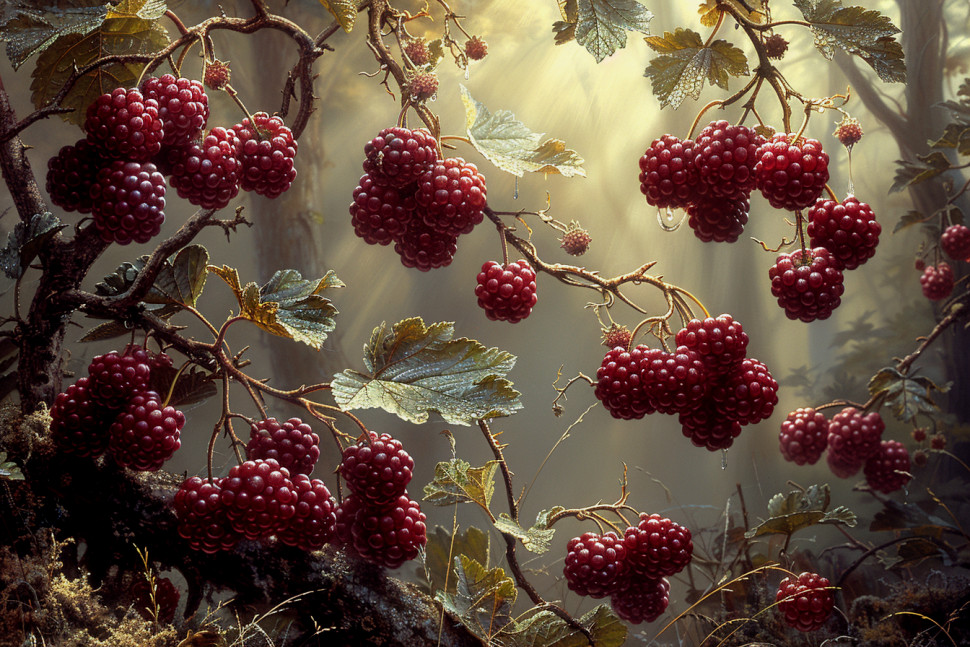
Wild Berries: Nature's Candy
One of the joys of summer camping is stumbling upon a patch of ripe, juicy wild berries. From sweet strawberries to tart blackberries, these little gems are like nature's candy - and they're packed with antioxidants and other nutrients to boot.
Some common wild berries to look for include:
- Wild strawberries: Small, bright red, and intensely sweet
- Raspberries: Delicate, hollow fruits that range from red to black
- Blackberries: Plump, shiny, and deeply flavored
- Blueberries: Round, blue-black berries with a white bloom
- Mulberries: Long, slender fruits that can be white, red, or black
When foraging for berries, be sure to properly identify the plant and avoid any that are unripe, moldy, or growing in contaminated areas. And remember to leave plenty for the birds and other wildlife that depend on them for food.
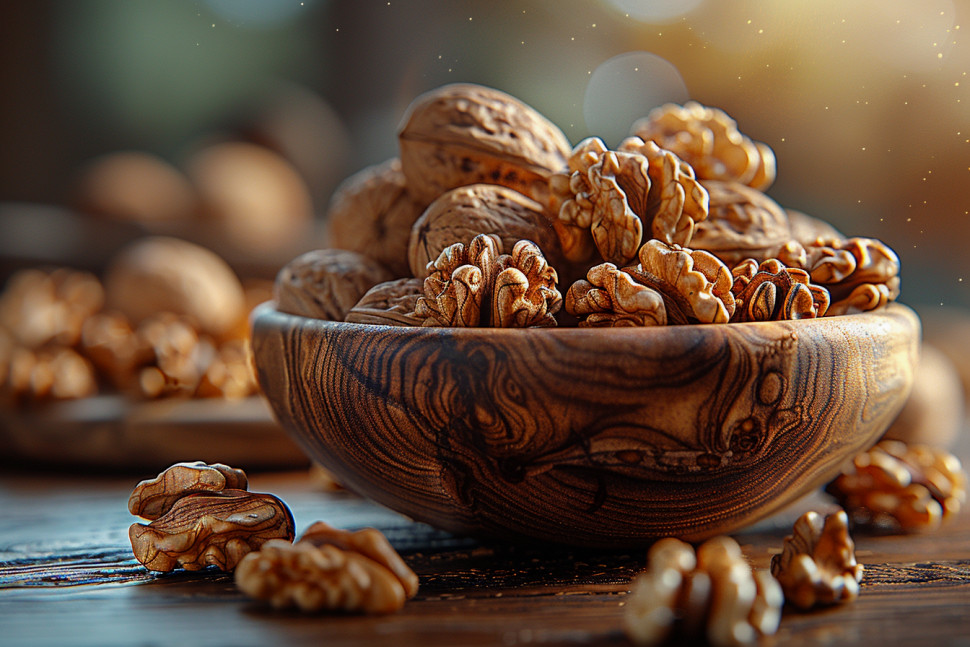
Nuts and Seeds: Protein-Packed Snacks
Nuts and seeds are another great source of wild edibles, offering a protein-packed snack that's easy to gather and store. Some common varieties to look for include:
- Acorns: The nuts of oak trees, which can be leached of tannins and ground into flour
- Pine nuts: The edible seeds of certain pine species, prized for their rich, buttery flavor
- Walnuts: Round, hard-shelled nuts with a sweet, earthy taste
- Hickory nuts: Small, sweet nuts encased in a thick, hard shell
When foraging for nuts and seeds, be sure to properly identify the tree or plant and avoid any that are moldy, rancid, or infested with insects. And remember to crack them open before eating to remove any bitter or inedible parts.

Mushrooms: The Wild Kingdom of Fungi
Mushrooms are a fascinating and delicious addition to any wild edible feast - but they can also be one of the most dangerous. Many species of mushrooms are poisonous or even deadly, so it's crucial to have expert knowledge and guidance before attempting to forage for them.
That said, there are some common edible mushrooms that are relatively easy to identify, such as:
- Morels: Honeycomb-like caps with a nutty, earthy flavor
- Chanterelles: Golden, trumpet-shaped mushrooms with a fruity aroma
- Puffballs: Round, white mushrooms with a marshmallow-like texture
- Oyster mushrooms: Fan-shaped clusters with a delicate, seafood-like flavor
When foraging for mushrooms, always use multiple sources to confirm identification, such as field guides, expert advice, and spore prints. Avoid any mushrooms that are past their prime, growing in contaminated areas, or have been partially eaten by animals.
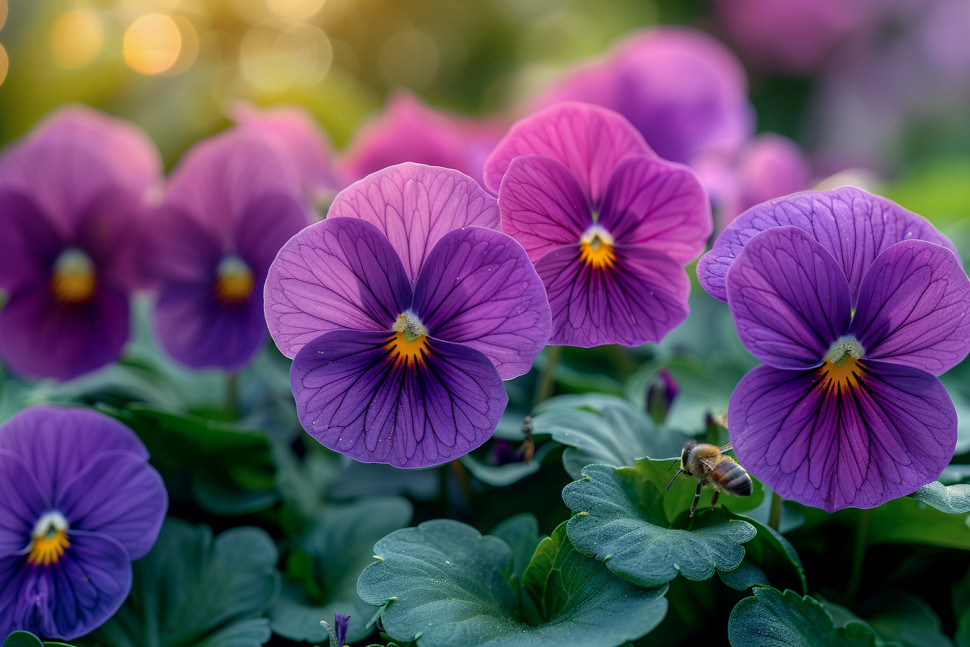
Edible Flowers: A Feast for the Eyes and Palate
Flowers aren't just pretty to look at - many of them are also delicious to eat! Adding edible flowers to your wild cuisine can bring a pop of color, flavor, and whimsy to any dish.
Some common edible flowers to look for include:
- Violets: Delicate, purple blooms with a sweet, floral flavor
- Dandelions: Bright yellow flowers with a honey-like taste
- Nasturtiums: Vibrant orange, yellow, or red flowers with a peppery kick
- Chamomile: Daisy-like flowers that make a soothing, apple-scented tea
- Elderflowers: Lacy white clusters with a delicate, floral aroma
When foraging for edible flowers, be sure to properly identify the plant and avoid any that have been sprayed with pesticides or are growing in contaminated areas. And remember to use them sparingly, as a garnish or accent rather than a main ingredient.

Incorporating Wild Edibles into Your Campfire Cuisine
Now that you've gathered a bounty of wild edibles, it's time to put them to delicious use in your campfire cooking! Here are some simple ideas to get you started:
- Toss a handful of dandelion greens, violet flowers, and toasted pine nuts into a salad for a fresh, colorful side dish
- Sauté cattail shoots and mushrooms with garlic and herbs for a savory, satisfying main course
- Simmer a berry compote with honey and spices for a sweet, tangy dessert topping
- Steep elderflowers, chamomile, and mint in hot water for a soothing, fragrant tea
- Grind acorns into flour and use it to thicken soups, stews, or baked goods
The possibilities are endless - so get creative, experiment with different flavors and textures, and enjoy the satisfaction of cooking with ingredients you gathered yourself from the wild.
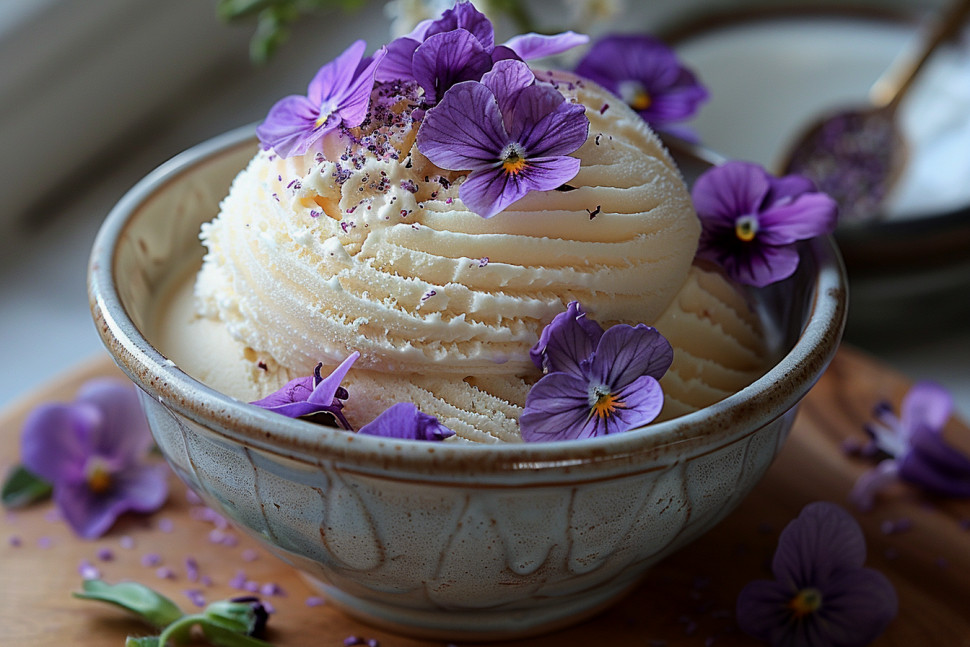
Foraging as a Mindful Practice
Beyond the practical benefits of finding food and connecting with nature, foraging can also be a deeply mindful and rewarding practice. When you slow down and tune into the world around you, you start to notice things you might have missed before - the delicate veins on a leaf, the subtle scent of a flower, the way the light filters through the trees.
Foraging requires patience, presence, and a willingness to learn from the land. It's a chance to cultivate a sense of wonder and appreciation for the incredible diversity and resilience of the natural world. And it's an opportunity to reconnect with the ancient human tradition of gathering food directly from the earth, just as our ancestors did for millennia.
So the next time you go camping, consider setting aside some time to wander, observe, and forage. You might be surprised at the treasures you discover - both in the world around you and within yourself.

Building Community Through Foraging
Foraging can also be a wonderful way to build community and share knowledge with others. Whether you're camping with friends, family, or fellow nature enthusiasts, the act of gathering and preparing wild edibles together can foster a sense of connection and camaraderie.
Consider organizing a foraging workshop or nature walk, where experienced foragers can share their expertise with beginners. Or host a wild edible potluck, where everyone brings a dish featuring foraged ingredients to share and savor together.
You can also use foraging as an opportunity to learn from and connect with indigenous communities, who have deep traditional knowledge of the land and its bounty. Seek out opportunities to attend workshops, events, or cultural exchanges that honor and celebrate this wisdom.
By sharing the joys and challenges of foraging with others, we can deepen our appreciation for the natural world and the people who have stewarded it for generations.
Natural Shelter Building: The Ultimate Guide To Wilderness Survival
Natural Shelter Building: The Ultimate Guide To Wilderness Survival provides essential knowledge on constructing shelters using materials found in the wild. From choosing the right location to selecting appropriate building techniques, this guide covers everything needed for surviving in the wilderness. By understanding the principles outlined in this comprehensive manual, individuals can enhance their wilderness survival skills and increase their chances of thriving in challenging outdoor environments. With detailed instructions and helpful illustrations, this guide serves as a valuable resource for adventurers, campers, and outdoor enthusiasts alike. Whether facing unexpected situations or planning a wilderness excursion, mastering natural shelter building is crucial for anyone venturing into the great outdoors.
Survival Techniques for Wilderness Camping
When embarking on wilderness camping trips, it is crucial to master survival techniques to ensure safety and well-being in the great outdoors. Building a shelter, starting a fire, and finding sources of clean water are essential skills that every wilderness camper should possess. Additionally, knowing how to navigate using a map and compass, as well as identifying edible plants and wildlife, can be life-saving in emergency situations. Practice these survival techniques beforehand to be prepared for any challenges that may arise while camping in the wilderness. Remember, proper preparation and knowledge of survival techniques are key to a successful and safe wilderness camping experience.
Conclusion: Embracing the Wild Feast
Foraging for wild edibles is a rewarding and enriching way to deepen your connection with nature, nourish your body, and expand your culinary horizons. By learning to identify and gather the edible plants that grow all around us, we tap into a timeless human tradition and rediscover the abundance and generosity of the earth.
Of course, foraging also comes with responsibilities - to the land, to the plants, and to ourselves. By following best practices for safety, sustainability, and respect, we can ensure that the wild feast remains bountiful for generations to come.
So the next time you go camping, take a moment to look around and appreciate the incredible diversity of edible plants that surround you. From the cheerful dandelion to the stately cattail, from the juicy berry to the savory mushroom, there's a world of flavor and nutrition just waiting to be discovered.
Embrace the adventure, the challenge, and the joy of foraging - and savor the wild feast that nature has prepared for you in the heart of the great outdoors.
| Plant | Edible Parts | Flavor Profile | Preparation Ideas |
|---|---|---|---|
| Dandelion | Leaves, flowers, roots | Bitter, peppery, nutty | Salads, sautés, tea, coffee substitute |
| Cattail | Shoots, stalks, pollen, roots | Mild, starchy, nutty | Boiled, roasted, flour substitute |
| Wild Berries | Fruits | Sweet, tart, juicy | Fresh, jams, syrups, baked goods |
| Nuts and Seeds | Nuts, seeds | Rich, buttery, earthy | Raw, roasted, flour substitute |
| Mushrooms | Fruiting bodies | Earthy, nutty, meaty | Sautéed, grilled, soups, stews |
| Edible Flowers | Flowers | Floral, sweet, peppery | Garnishes, salads, teas, syrups |
